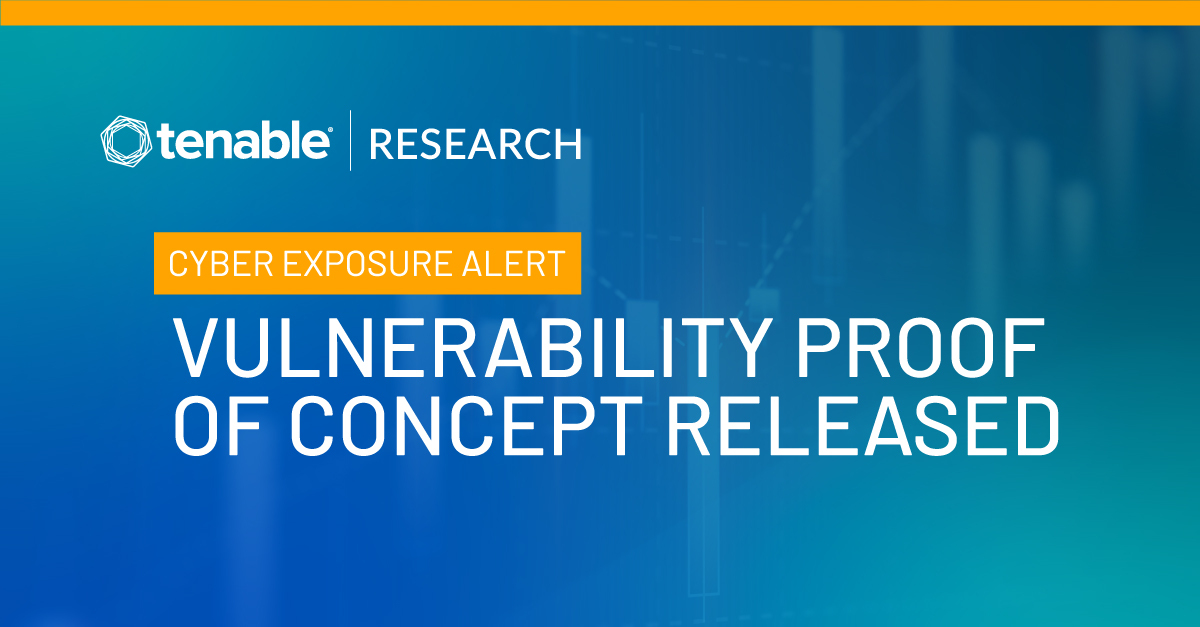Clik here to view.

Security researchers reveal how the cryptographic authentication scheme in Netlogon can be exploited to take control of a Windows domain controller (DC).
Background
On September 11, researchers at Secura published a blog post for a critical vulnerability they’ve dubbed “Zerologon.” The blog post contains a whitepaper explaining the full impact and execution of the vulnerability, identified as CVE-2020-1472, which received a CVSSv3 score of 10.0, the maximum score. Zerologon was patched by Microsoft in the August Patch Tuesday round of updates. This disclosure follows a previous Netlogon related vulnerability, CVE-2019-1424, which Secura detailed at the end of last year.
Analysis
CVE-2020-1472 is a privilege escalation vulnerability due to the insecure usage of AES-CFB8 encryption for Netlogon sessions. The AES-CFB8 standard requires that each byte of plaintext, like a password, must have a randomized initialization vector (IV) so that passwords can’t be guessed. The ComputeNetlogonCredential function in Netlogon sets the IV to a fixed 16 bits, which means an attacker could control the deciphered text. An attacker can exploit this flaw to impersonate the identity of any machine on a network when attempting to authenticate to the Domain Controller (DC). Further attacks are then possible, including the complete takeover of a Windows domain. Secura’s whitepaper also notes that an attacker would be able to simply run Impacket’s ‘secretsdump’ script to pull a list of user hashes from a target DC.
In order to exploit this vulnerability, the attacker would need to launch the attack from a machine on the same Local Area Network (LAN) as their target. A vulnerable client or DC exposed to the internet is not exploitable by itself. The attack requires that the spoofed login works like a normal domain login attempt. Active Directory (AD) would need to recognize the connecting client as being within its logical topology, which external addresses wouldn’t have.
Image may be NSFW.
Clik here to view.
Image may be NSFW.
Clik here to view. Image source: Secura CVE-2020-1472 Whitepaper
Image source: Secura CVE-2020-1472 Whitepaper
Proof of concept
Several proofs of concept (PoCs) have been published to GitHub [1][2][3][4] which demonstrates wide interest and experimentation across the security community. Researchers have been fast at work to confirm successful exploitation. Critical and high profile vulnerabilities tend to receive widespread interest from security researchers and attackers alike.
In a hypothetical attack, one could use this vulnerability to deploy ransomware throughout an organization and maintain a persistent presence if cleanup and restoration efforts miss any additional malicious scripts. Organizations with network-accessible backups could end up with a perfect storm if a ransomware group destroys backups to increase their likelihood of payout from the victim organization.
Solution
Applying the August Patch Tuesday update from Microsoft's Advisory will fix the vulnerability by enforcing remote procedure call (RPC) in the Netlogon protocol for all Windows devices. Tenable strongly encourages users and admins alike to apply this patch as soon as possible.
Yeah, I can confirm that this public exploit for Zerologon (CVE-2020-1472) works. Anybody who has not installed the patch from August's Patch Tuesday already is going to be in much worse shape than they already were.https://t.co/SWK2hUDOYchttps://t.co/0SDFfageQCpic.twitter.com/Lg8auMdtVU
— Will Dormann (@wdormann) September 14, 2020
Users should be aware that Microsoft notes a revision to this advisory will be coming on February 9, 2021, and that, once the enforcement phase begins, enforcement mode will be required for all non-Windows devices. Administrators can manually allow specific devices through group policy for legacy device needs.
Identifying affected systems
A list of Tenable plugins to identify this vulnerability can be found here. Tenable will also be releasing additional plugins for the February 9, 2021, update. A compliance audit file, available here, can be used to ensure that the FullSecureChannelProtection registry key value is set in group policy on the DC. The August 2020 fix should set this registry key after the patch has successfully been applied.
Get more information
- Tenable's August 2020 Patch Tuesday Blog
- Secura's Zerologon Whitepaper
- Microsoft Guidance on "How to manage the changes in Netlogon secure channel connections associated with CVE-2020-1472
Join Tenable's Security Response Team on the Tenable Community.
Learn more about Tenable, the first Cyber Exposure platform for holistic management of your modern attack surface.
Get a free 30-day trial of Tenable.io Vulnerability Management.
Clik here to view.